Tag: infection
What’s the Difference Between COVID-19 Tests?
The COVID-19 pandemic, tests, treatments, and outlook, continue to be front and center in the news, along with other urgent issues taking place across the country. Viral sepsis is the number one complication related to... read more

Exhaled Air Dispersion During Bag-mask Ventilation and Sputum Suctioning
Mask ventilation and coughing during oro-tracheal suctioning produce aerosols that enhance nosocomial transmission of respiratory infections. We examined the extent of exhaled air dispersion from a human-patient-simulator... read more
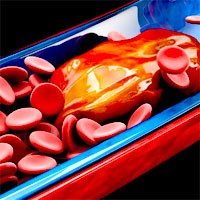
The Relevance of Thromboinflammation and Endothelial Dysfunction in COVID-19 Patients
The relevance of thromboinflammation and endothelial dysfunction in COVID-19 patients. Microvascular derangement is a key mechanism of multiple organ dysfunction and therapeutic strategies other than heparin, aimed at preserving... read more
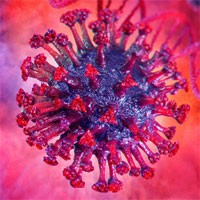
The COVID-19 Coronavirus is Changing
When a handful of doctors in northern Italy recently claimed that the virus that causes COVID-19 appears to be losing steam, that it no longer seems to be the same “biological bomb” it was when the pandemic first hit,... read more
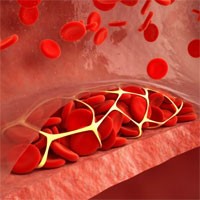
Prevention, Detection and Management of VTE in COVID-19 Patients
Several studies have demonstrated coagulation changes in patients with COVID-19, especially in those with severe disease, and this is associated with a worse prognosis. Emerging data, alongside recent clinical experience,... read more
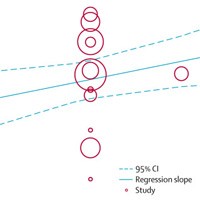
1m Physical Distancing Associated with a Large Reduction in COVID-19 Infection
The findings of this systematic review of 172 studies (44 comparative studies; n=25 697 patients) on COVID-19, SARS, and MERS provide the best available evidence that current policies of at least 1m (3 feet) physical distancing... read more
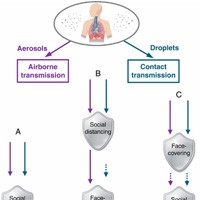
Identifying Airborne Transmission as the Dominant Route for the Spread of COVID-19
We have elucidated the transmission pathways of coronavirus disease 2019 (COVID-19) by analyzing the trend and mitigation measures in the three epicenters. Our results show that the airborne transmission route is highly... read more
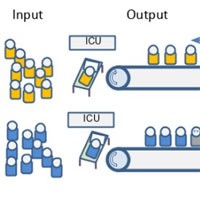
COVID-19 – Effective Triage During a Pandemic
The UK is likely on the brink of a major COVID-19 outbreak. About 6% to 10% of infected people are likely to be critically ill, most of whom will require ventilation support in an intensive care environment. Italy is already... read more
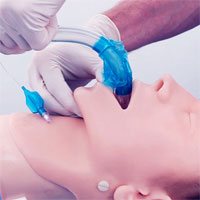
Safe Airway Management for the Patient with COVID-19
In this presentation, Dr Ravi Bhagrath, Consultant Anaesthetist at Bart’s Health, London asks Dr Kariem El-Boghdadly, Consultant in Anaesthesia at Guy's and St Thomas' NHS Foundation Trust, London about the IntubateCOVID... read more

How and When to End the COVID-19 Lockdown
Countries around the world are in a state of lockdown to help limit the spread of SARS-CoV-2. However, as the number of new daily confirmed cases begins to decrease, governments must decide how to release their populations... read more
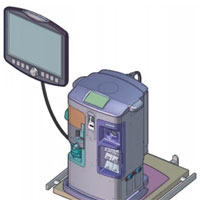
Ventilator Management in the Age of COVID-19
In the age of coronavirus disease-19 (COVID-19), conservation of personal protective equipment (PPE) represents an urgent public health priority. Vargas et al. describe a logistic project and organizational plan to prevent... read more
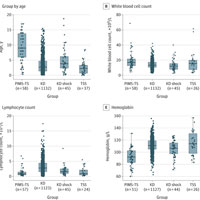
Clinical Characteristics of 58 Children With a Pediatric Inflammatory Multisystem Syndrome Temporally Associated With SARS-CoV-2
In this case series of hospitalized children who met criteria for PIMS-TS, there was a wide spectrum of presenting signs and symptoms and disease severity, ranging from fever and inflammation to myocardial injury, shock,... read more
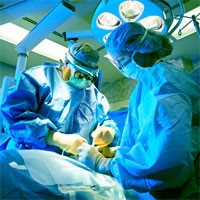
Managing Theatre Processes for Planned Surgery Between COVID-19 Surges
As we emerge from the first pandemic surge, there is a widespread desire to restart planned surgery using patient pathways that seek to minimise COVID-19 risk to patients and healthcare workers (HCWs). Some hospitals... read more
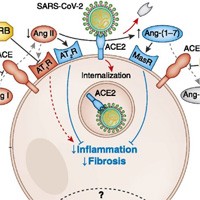
ACEI/ARB Use and Testing Positive for COVID-19
This retrospective cohort study reports that taking either an angiotensin-converting enzyme inhibitors (ACEIs) or angiotensin II receptor blockers (ARBs) was not associated with an increase in the likelihood of testing positive... read more
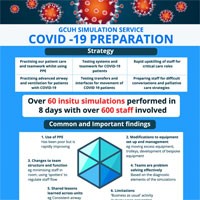
Translational simulation for rapid transformation of health services, using the example of the COVID-19 pandemic preparation
Healthcare simulation has significant potential for helping health services to deal with the COVID-19 pandemic. Rapid changes to care pathways and processes needed for protection of staff and patients may be facilitated by... read more

Thousands Who Got COVID-19 in March Are Still Sick
COVID-19 has existed for less than six months, and it is easy to forget how little we know about it. The standard view is that a minority of infected people, who are typically elderly or have preexisting health problems,... read more
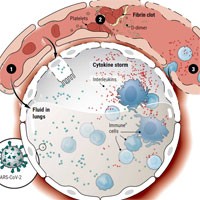
Blood Vessel Attack Could Trigger Coronavirus’ Fatal Second Phase
Frank Ruschitzka told his pathologist to be ready before the first COVID-19 patient died. In early March, Ruschitzka, who leads the cardiology department at University Hospital Zürich, noticed that patients with the disease... read more









